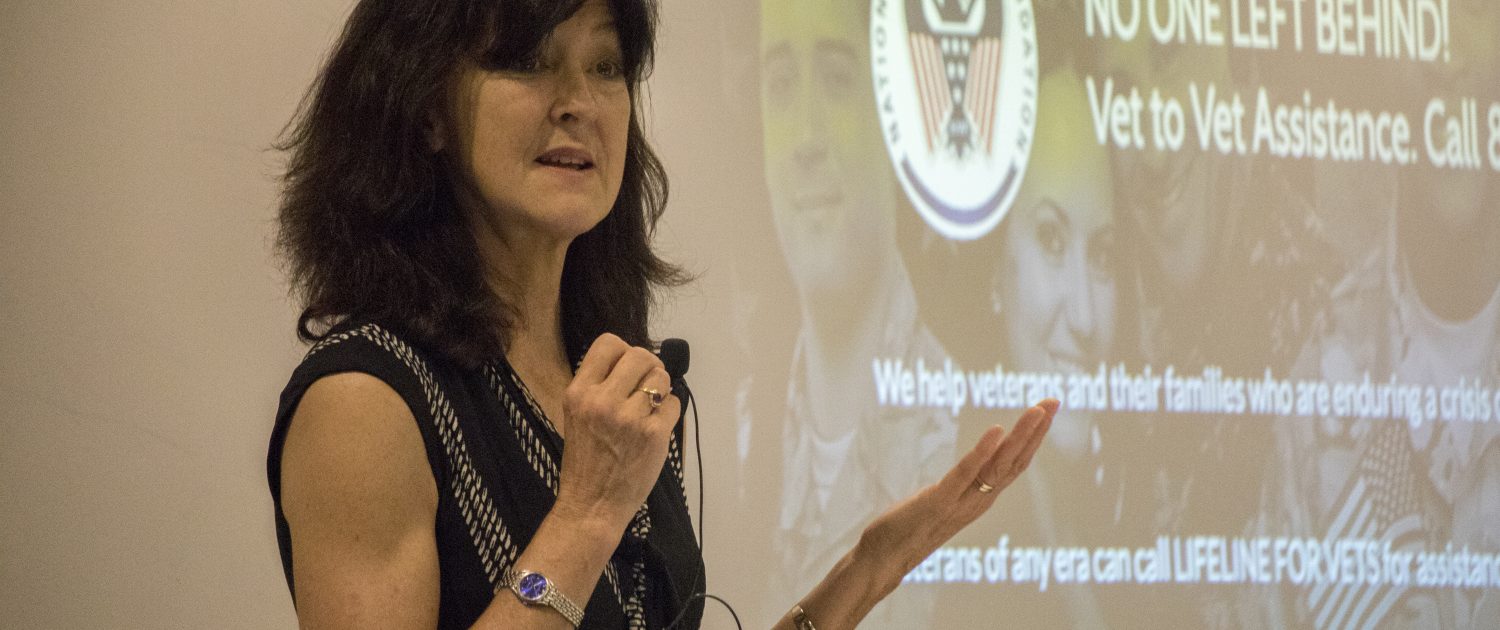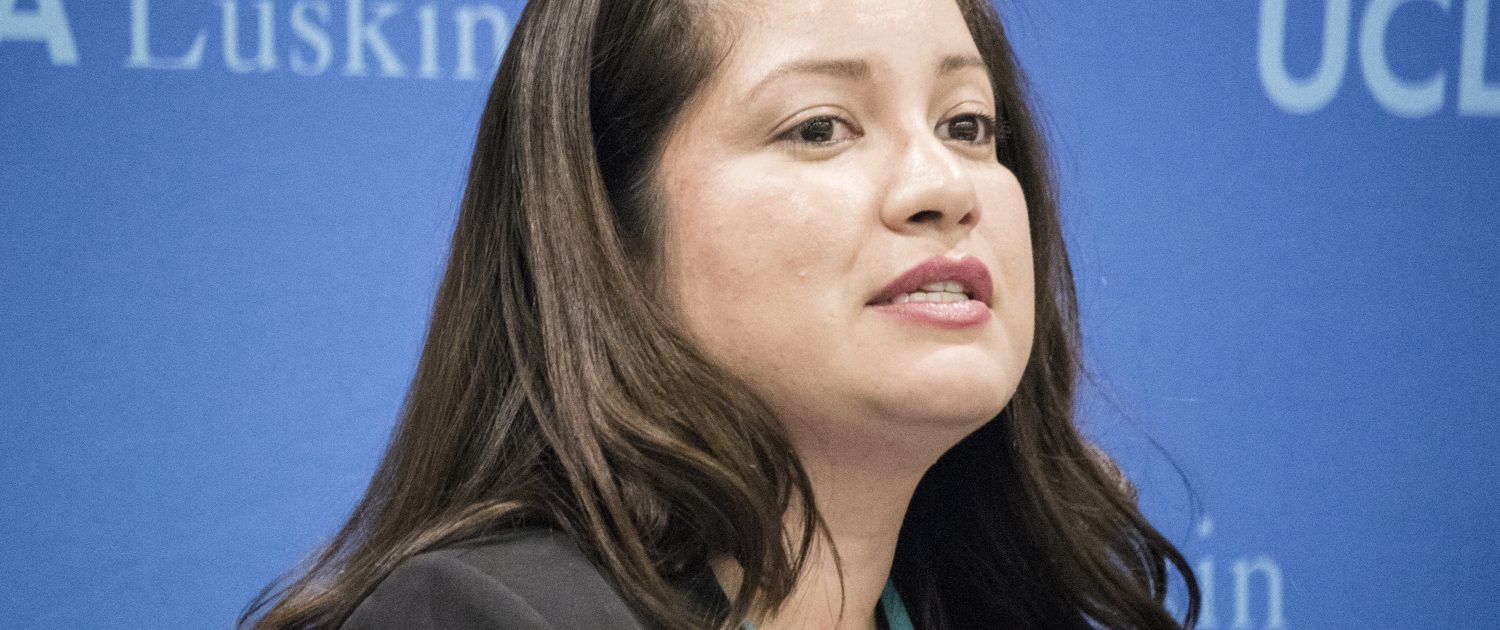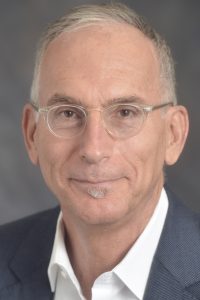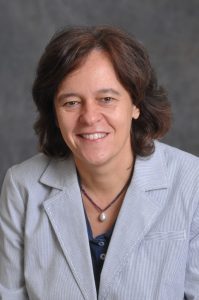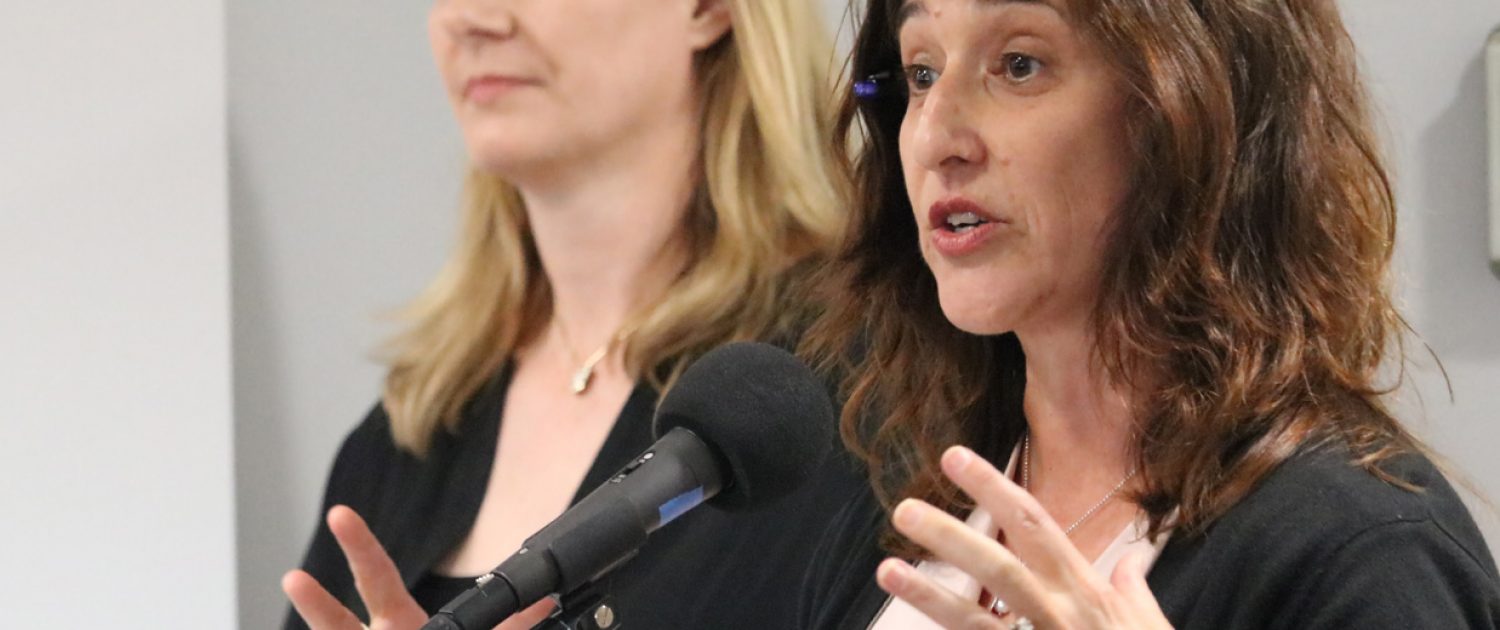How to Build an Affordable Home: Start With the Framework UCLA urban planner provides recommendations for easing existing barriers to affordable housing, one of California’s most pressing issues
By Stan Paul
For UCLA Luskin School of Public Affairs scholar Paavo Monkkonen, making housing affordable in California starts with a vital building block: the state’s Housing Element framework requiring cities to meet existing and projected local and regional housing needs.
“This system performs an almost symbolic function at present,” said the associate professor of Urban Planning who also earned his Master of Public Policy (MPP) degree from Luskin in 2005. “Cities that do not meet their housing targets face no consequences, and cities that do meet them reap no reward.” Monkkonen delivered a lecture and white paper on the topic Dec. 1 at the UC Center in Sacramento.
Two other areas of focus on this pressing problem for the state are expanding public participation in the planning process and shifting some decision-making from local to state and regional levels, according to Monkkonen. His lecture, “Understanding and Challenging Opposition to Housing Construction in California’s Urban Areas,” was moderated by Ben Metcalf, director of the California Department of Housing & Community Development.
“The current planning environment is stacked in favor of better-off individuals and single-family neighborhoods at the expense of renters and multi-family housing,” Monkkonen wrote in an opinion piece published in the Sacramento Bee the same day as the lecture. On the neighborhood level, opposition has continually hindered housing needs. “When interests with time and money block or downsize projects in wealthy neighborhoods, it pushes new development into dense parts of cities and increases rents throughout the area.”
In urging that the state takes steps to “democratize” the planning process, Monkkonen explained that planners need to have input from a more representative group of citizens such as families, low-income renters and young people — groups that may not have ready access to public hearings and planning meetings.
In his white paper, Monkkonen included a section on understanding opposition to housing construction and density. The list shows how opposition focuses on three formal systems — planning, legal and political — as well as informal influences and tactics to “shape what can and cannot get built in California’s cities.”
Monkkonen outlined a number of ways opponents to new housing impede construction through the planning process. These include commenting in public meetings, letter writing, social media, petitions, appeals or filing historic designations for properties or districts.
Legally, projects may face lawsuits to invalidate a permit or policy or be challenged through the California Environmental Quality Act.
Politically, ballot initiatives can be used to place a moratorium on development, and efforts to recall council members may be initiated. Opponents can also lobby for state laws affecting specific city rules, Monkkonen observed.
In his presentation Monkkonen:
- Outlined policy recommendations for land-use reforms concerning housing directed by the state.
- Described how limiting the supply of new housing creates less-affordable housing.
- And pointed out how the issue of housing supply is generally misunderstood.
Monkkonen emphasizes this in the abstract to his white paper: “The debate continues despite robust empirical evidence demonstrating that supply constraints — low density chief among them — are a core cause of increasing housing costs.”
Among his recommendations to the state on how to push back against local constraints on new housing is one favoring “by-right” approval of projects. Projects that comply with current zoning laws may bypass regular approval processes where these processes are a “persistent hindrance to regional housing needs.” Monkkonen cited California’s density bonus law — an example of by-right approval — wherein developers may be incentivized to include affordable units in exchange for an increase in density.
Monkkonen believes that his work may prompt state government action and provide a guide to addressing the affordable housing issue in California.
“I was excited to be able to present this work in conversation with Ben Metcalf,” said Monkkonen, adding that the state’s director of housing and community development was very receptive to his policy recommendations. “He said his department is releasing a state housing plan next week that actually mirrors a lot of my analysis.”
Monkkonen’s white paper is available online.
For more information on California’s Housing Element Law, please visit the California Department of Housing and Community Development web page.



